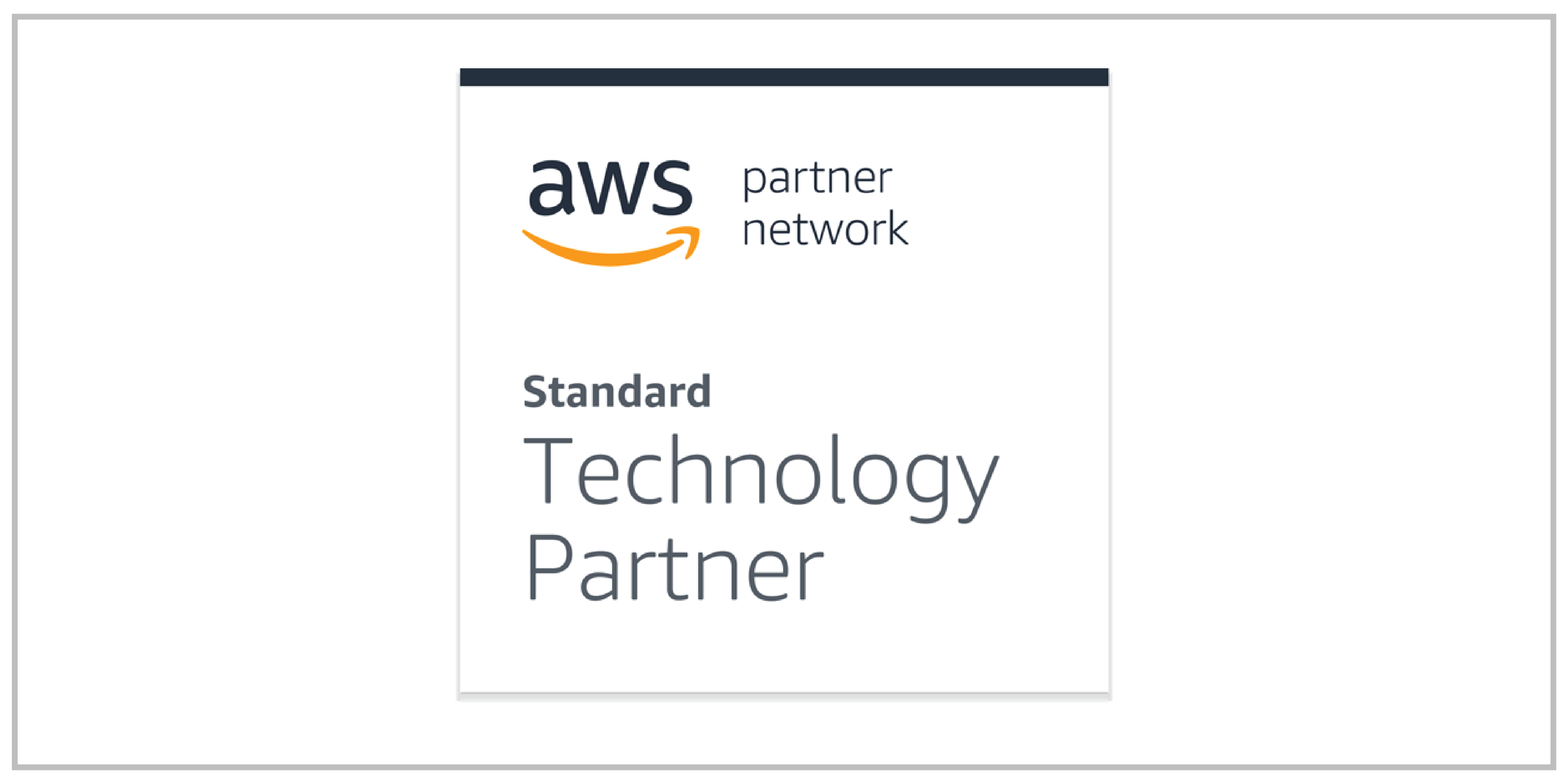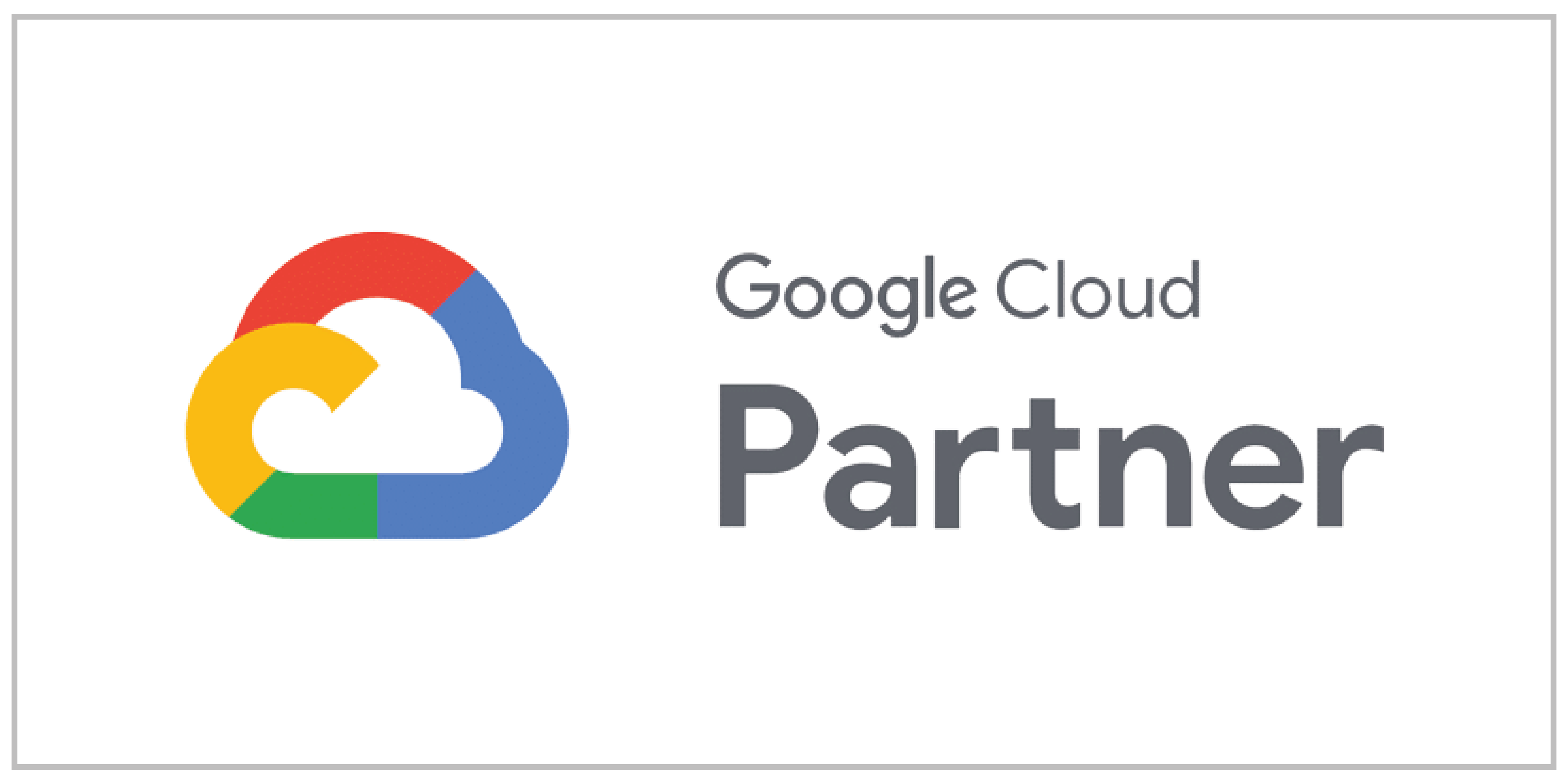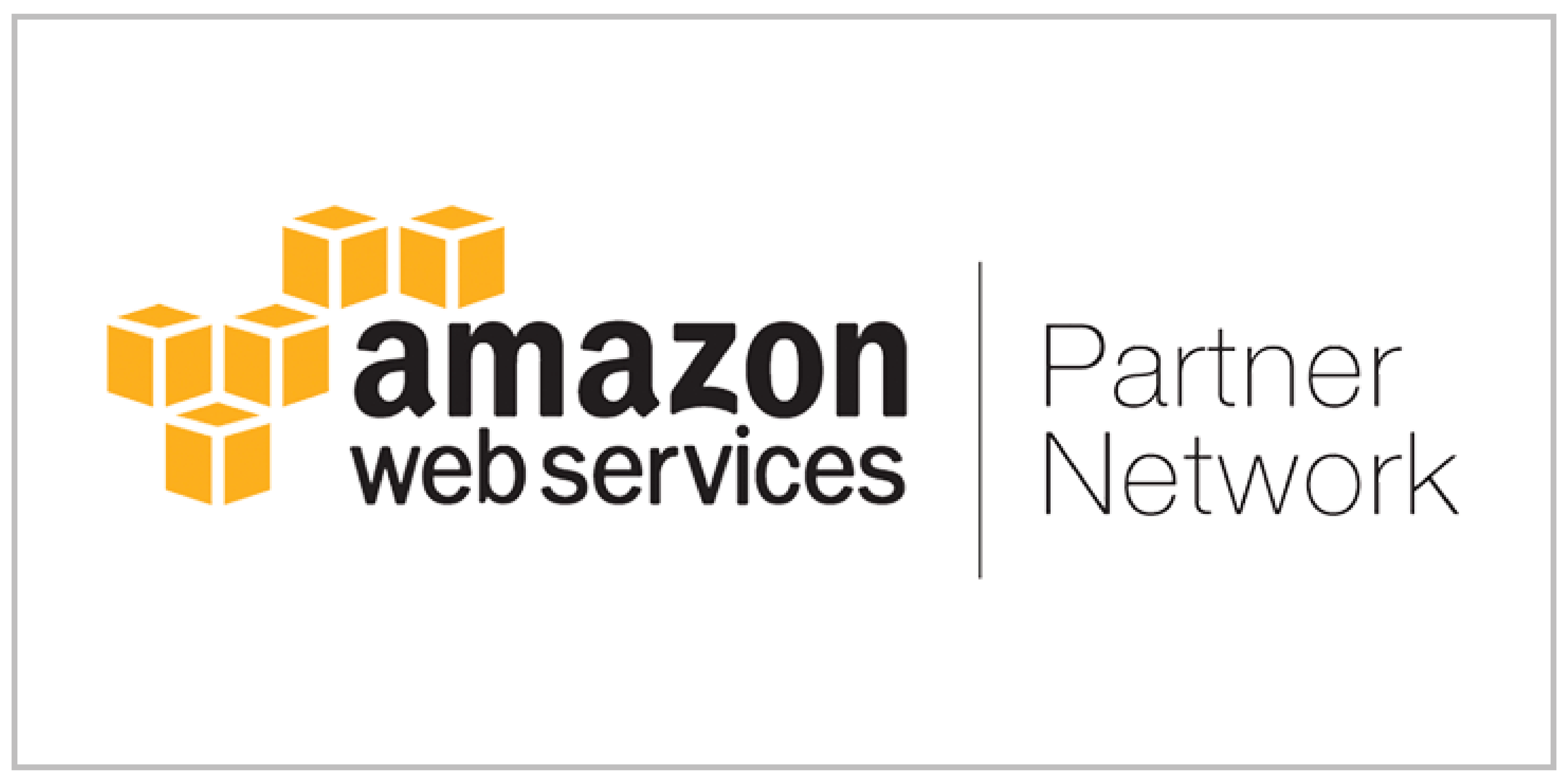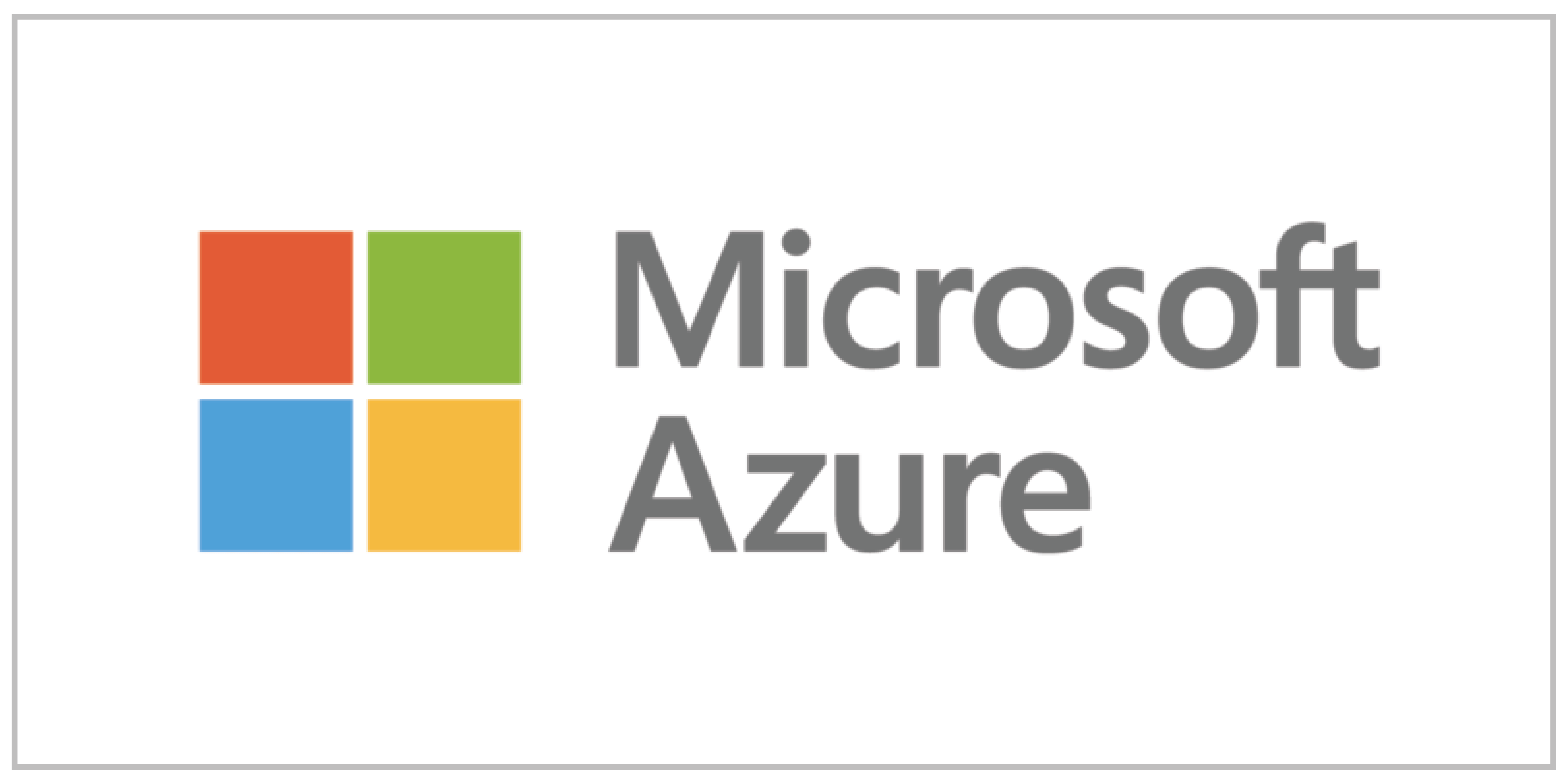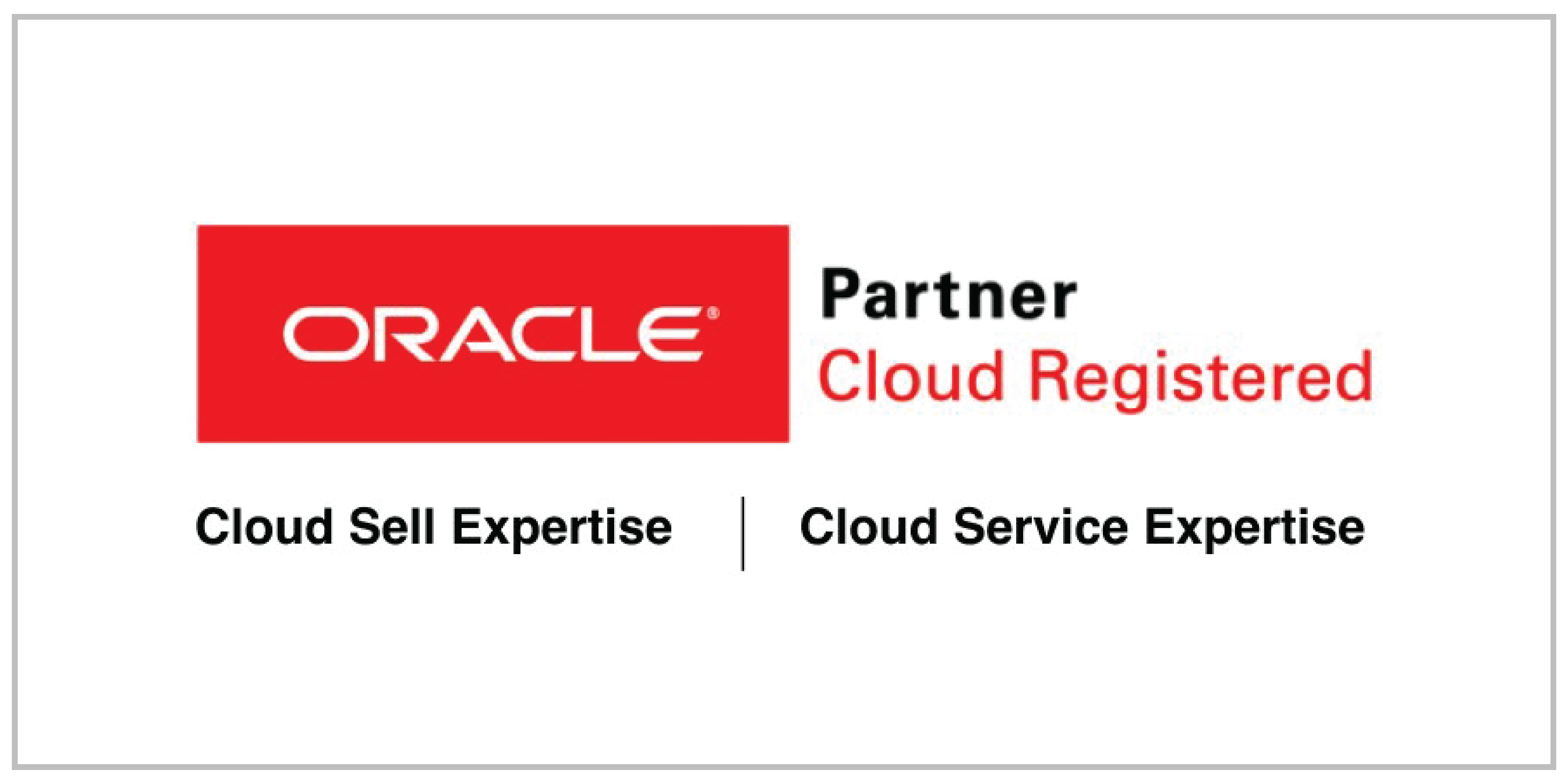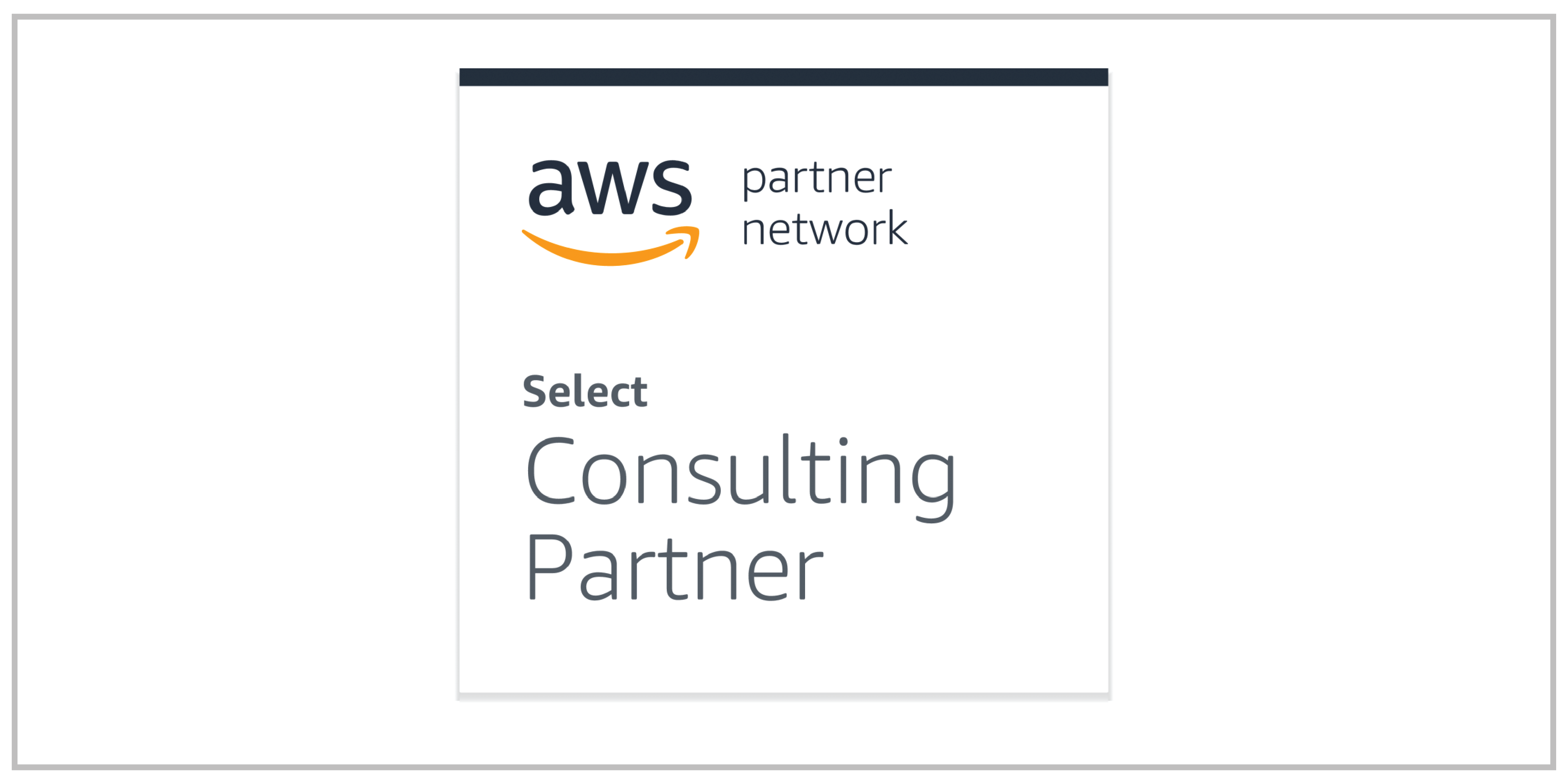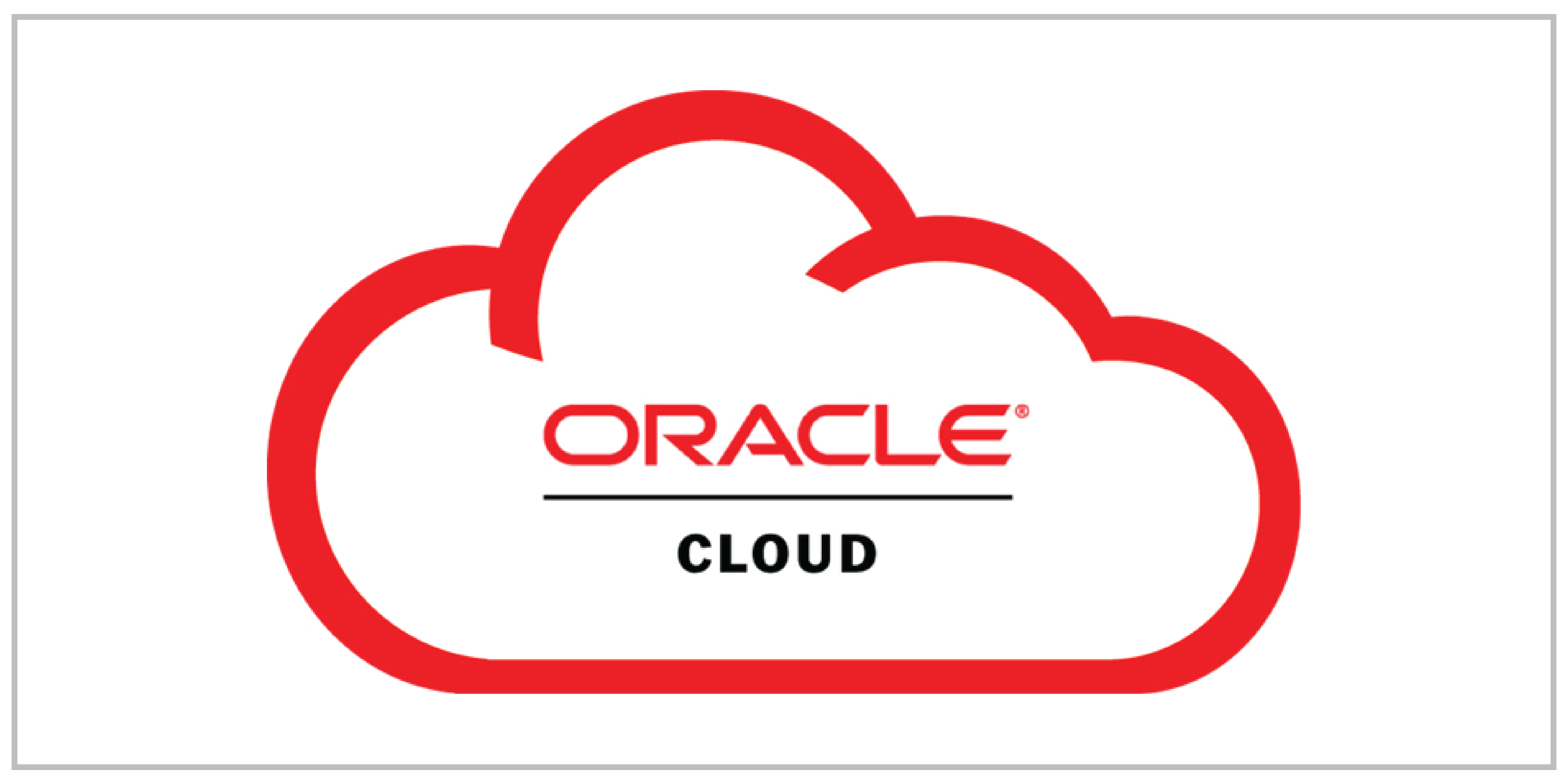
Galaxy Pro-Active Preventive Management Services
Proactive preventive management (Pro-Active Preventive Management) is a maintenance strategy that aims to identify and fix the root causes of equipment failures before they happen. This contrasts with reactive maintenance, which only addresses problems after they have occurred. Pro-Active Preventive Management is based on the principle that it is more cost-effective to prevent a problem from happening than to fix it after it has occurred. By identifying and fixing problems before they cause downtime, Pro-Active Preventive Managementcan help businesses to save money, improve productivity, and reduce risk.

Benefits of Pro-Active Preventive Management :
- Reduced downtime: By preventing equipment failures, Pro-Active Preventive Management can help to reduce downtime. This can save businesses money and improve productivity.
- Increased uptime: By keeping equipment in good working order, Pro-Active Preventive Management can help to increase uptime. This can also save businesses money and improve productivity.
- Improved asset reliability: By identifying and fixing problems before they happen, Pro-Active Preventive Management can help to improve asset reliability. This can reduce the risk of accidents and injuries.
- Reduced maintenance costs: By preventing equipment failures, Pro-Active Preventive Management can help to reduce maintenance costs. This is because fewer repairs will be needed.
- Improved compliance: By following Pro-Active Preventive Management best practices, businesses can help to improve compliance with industry regulations.

How Pro-Active Preventive Management Works :
Pro-Active Preventive Management typically follows a four-step process:
- Asset inventory: The first step is to create an inventory of all of the assets that need to be maintained. This includes identifying the type of asset, its location, and its criticality to the business.
- Risk assessment: Once the asset inventory has been created, the next step is to assess the risks associated with each asset. This involves identifying the potential causes of failure and the potential consequences of a failure.
- Preventive maintenance schedule: Based on the risk assessment, a preventive maintenance schedule is created for each asset. This schedule specifies the frequency of maintenance tasks and the specific tasks that need to be performed.
- Monitoring and reporting: The final step is to monitor the assets and report on the effectiveness of the Pro-Active Preventive Management program. This involves tracking the number of failures, the amount of downtime, and the cost of maintenance.

Galaxy offers a comprehensive range of Pro-Active Preventive Management services, including :
- Asset management: Galaxy can help businesses to track their assets, identify potential risks, and create preventive maintenance schedules.
- Condition monitoring: Galaxy can use condition monitoring tools to collect data on the condition of assets, such as vibration, temperature, and humidity. This data can be used to identify potential problems before they cause failures.
- Remote monitoring: Galaxy can use remote monitoring tools to monitor assets from a remote location. This can be helpful for businesses with assets that are located in remote or hazardous locations.
- Pro-Active Preventive Management consulting: Galaxy can provide consulting services to help businesses develop and implement Pro-Active Preventive Managementprograms.
- Pro-Active Preventive Management training: Galaxy can provide training to help businesses employees learn about Pro-Active Preventive Management best practices.
- Galaxy's Pro-Active Preventive Management services are designed to help businesses improve their asset reliability, reduce downtime, and save money. By working with Galaxy, businesses can be confident that they are getting the most out of their Pro-Active Preventive Management programs.

Pro-Active Preventive Management Best Practices :
There are a number of best practices that businesses can follow to improve the effectiveness of their Pro-Active Preventive Management programs. These include:
- Involve all stakeholders: Pro-Active Preventive Management should be a team effort that involves all stakeholders, such as operations, maintenance, and engineering.
- Get buy-in from management: Pro-Active Preventive Management requires a significant investment of time and resources. It is important to get buy-in from management to ensure that the program is successful.
- Use the right tools and technology: There are a number of tools and technologies that can be used to support Pro-Active Preventive Management programs. It is important to choose the right tools and technology for the specific needs of the business.
- Monitor and report on results: It is important to monitor the results of the Pro-Active Preventive Management program and make adjustments as needed. This will help to ensure that the program is effective and that the business is getting the most out of it.
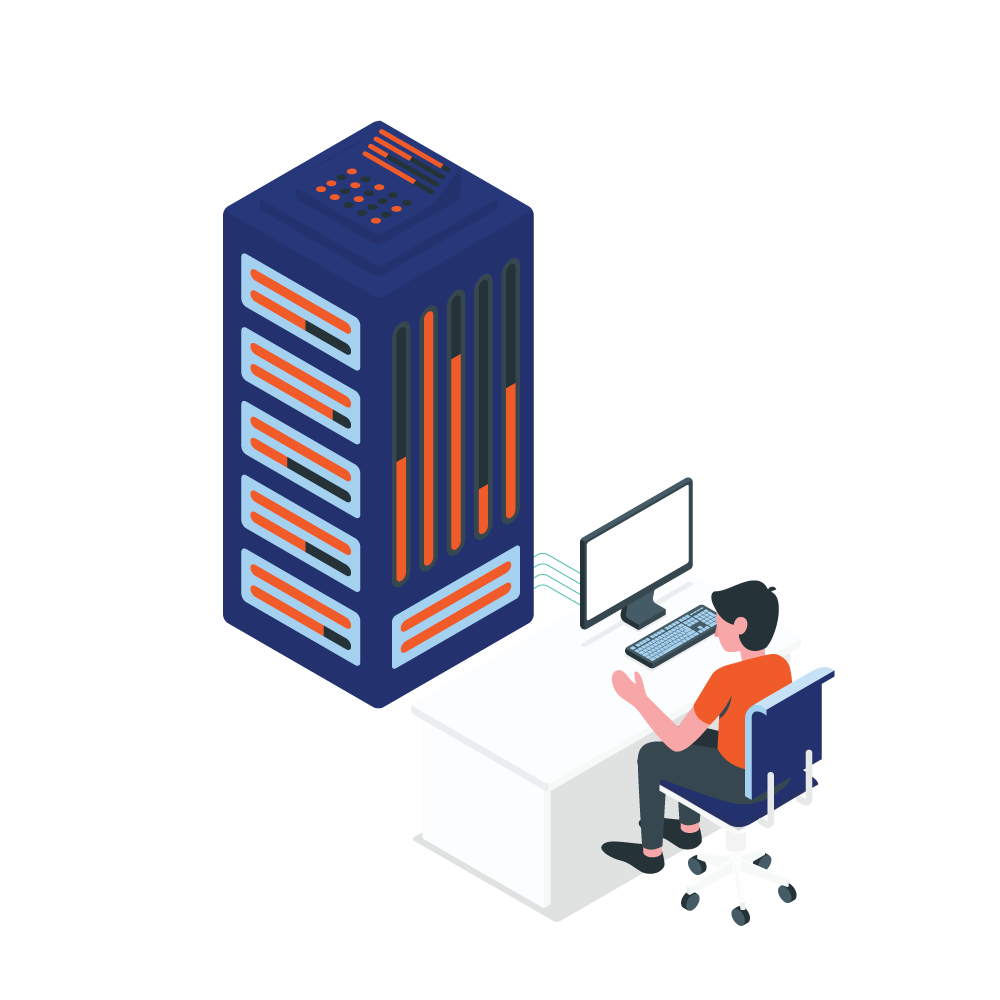
Pro-Active Preventive Management Tools and Technology :
- Asset management software: This software can help businesses to track their assets, identify potential risks, and create preventive maintenance schedules.
- Condition monitoring tools: These tools can be used to collect data on the condition of assets, such as vibration, temperature, and humidity. This data can be used to identify potential problems before they cause failures.
- Remote monitoring tools: These tools can be used to monitor assets from a remote location. This can be helpful for businesses with assets that are located in remote or hazardous locations.
Keen to meet one of our
Pro-Active Preventive Management Experts?
Kindly fill up this form so that we may know about it.
Our Partners











